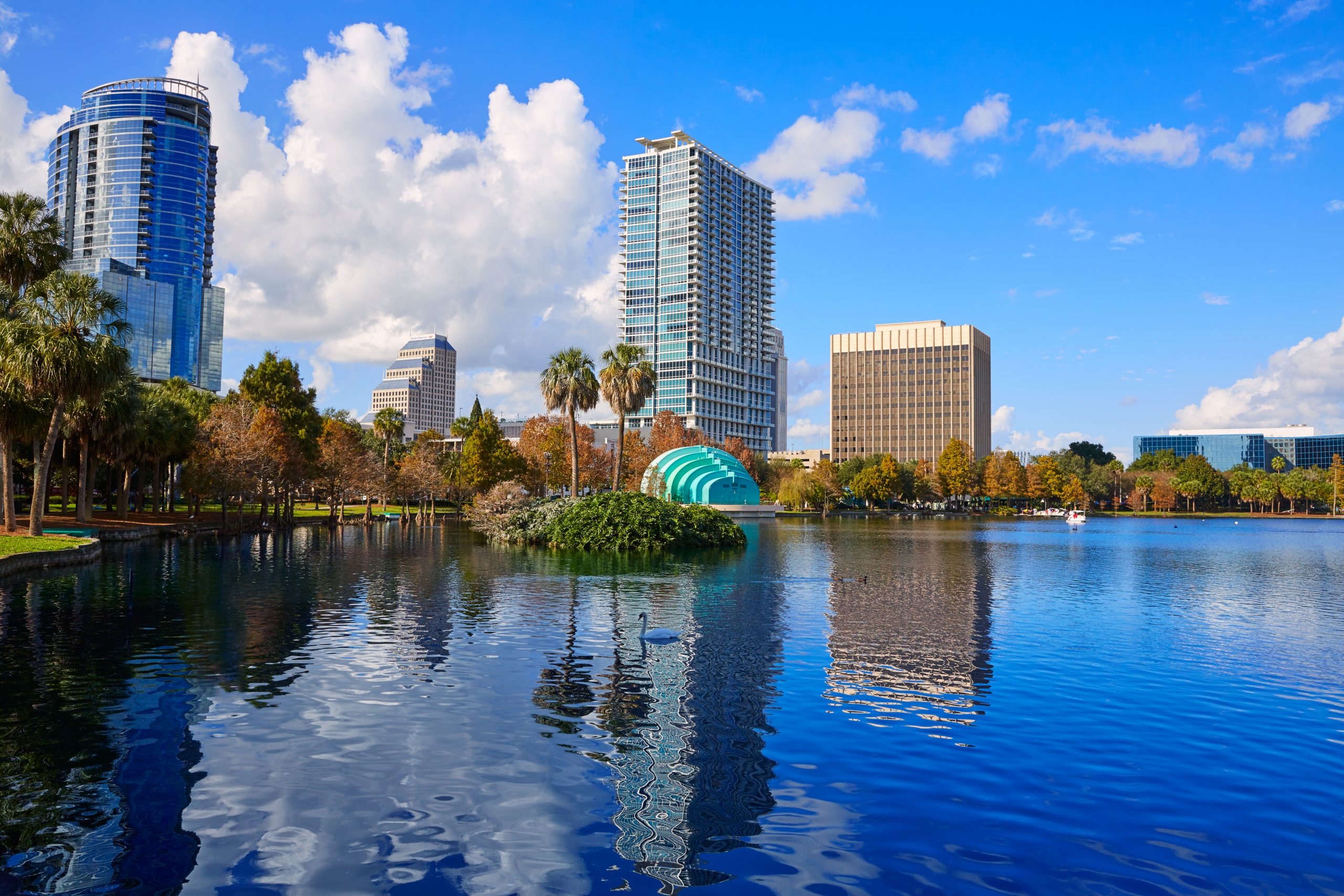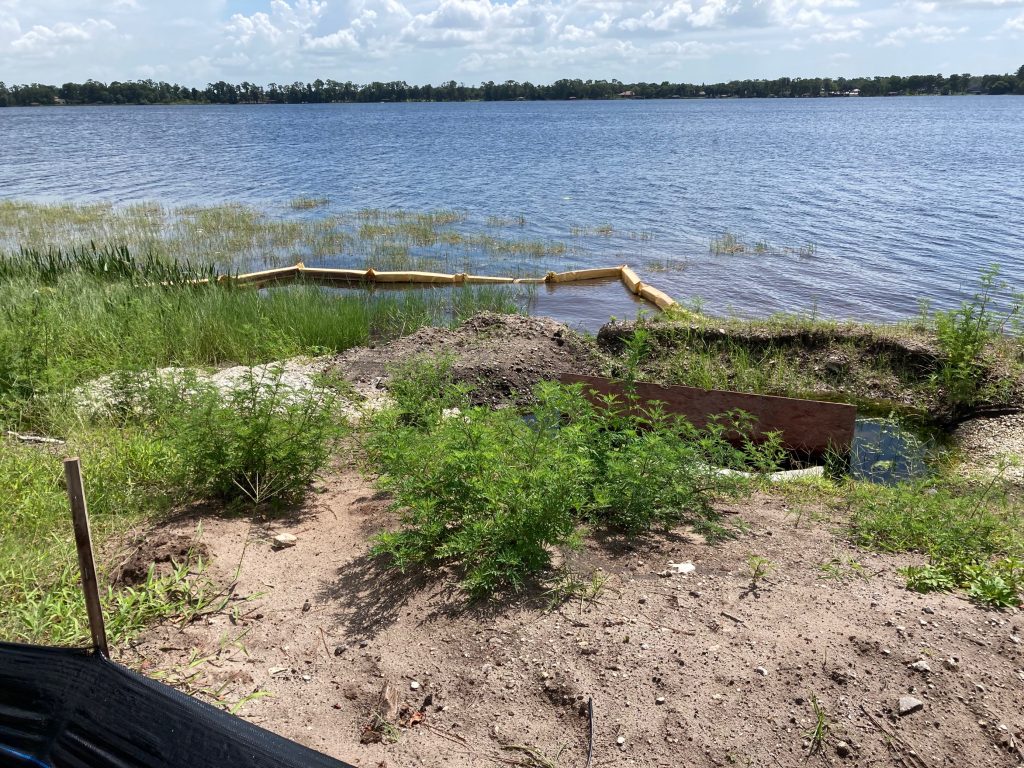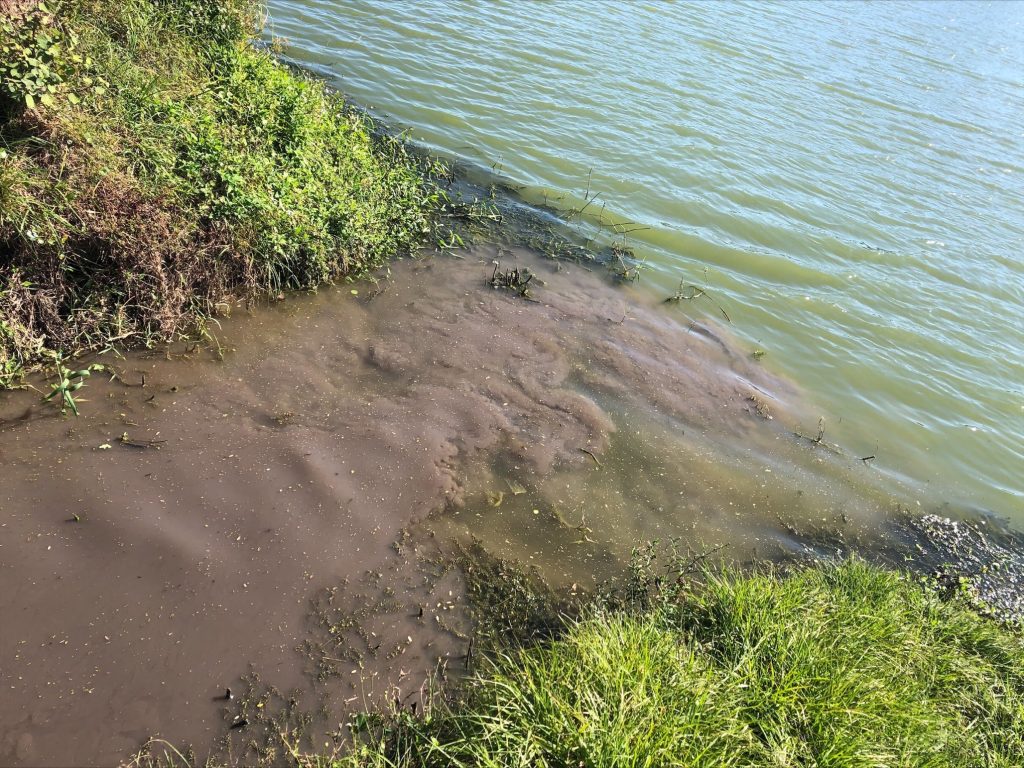
Have you ever seen a crystal-clear stream, river, or lake? The beauty is mesmerizing, especially when its pristine clarity reflects the landscape. Some of us may also think about a past ocean journey when you felt as if you can see into the abyss. In certain places, it is not unusual to see magnificent clear lakes, streams, or rivers that you can actually see the structures deeply at rest below. In most cases, the reason is the location of the water body and its susceptibility of erosion from stormwater runoff.

There are many reasons for water to be very clear or possibly extremely turbid. There are minerals, nutrients, algae, maybe other contaminants, and yes, sediment that can dramatically influence the clarity of water.
Turbidity is the measure of the reasonable clarity of liquid and is a calibrated measurement of the degree to which a material suspended in water scatters and absorbs light. Ok, that is the encyclopedia definition. Simply stated, Turbidity can be described as the cloudiness or haziness of the water, caused by the many suspended particles. The more cloudiness the water, the less ability for light to pass.
There are specific reasons to ensure water is less turbid.
- Warms water
- Reduces oxygen
- Impedes photosynthesis
- Clogs fish gills
- Affects fish reproduction and growth
- Affects recreation & drinking
In the construction industry, it is a critical step to ensure during construction activity that stormwater runoff is managed to ensure adjacent water bodies always have low levels of turbidity. Determined by the Florida DEP’s Construction Generic Permit (CGP), construction sites are not allowed to discharge contaminated or sediment-laden water or stormwater runoff directly into any waters of the State until it has been satisfactorily maintained, managed, or treated.

Florida’s high frequency of rainfall makes this a challenge. Construction activities increase the potential for erosion and sediment to be washed into local water bodies by stormwater runoff creating higher than normal turbidity values. During construction, erosion and sediment controls should be implemented preventing sediment, contaminants, and other pollutants from entering local water bodies. There are several best management practices we often see that dramatically controls stormwater runoff reducing high levels of turbidity in local adjacent waterbodies; Bank Stabilization, Dewatering sediment filter bags, and Turbidity Curtains.
Do you want to learn more about these best management practices and how they can help reduce your risk? KCI is your stormwater compliance expert capable to consult with you and help you plan for low turbid waters. Call us today, 888-346-7779.



